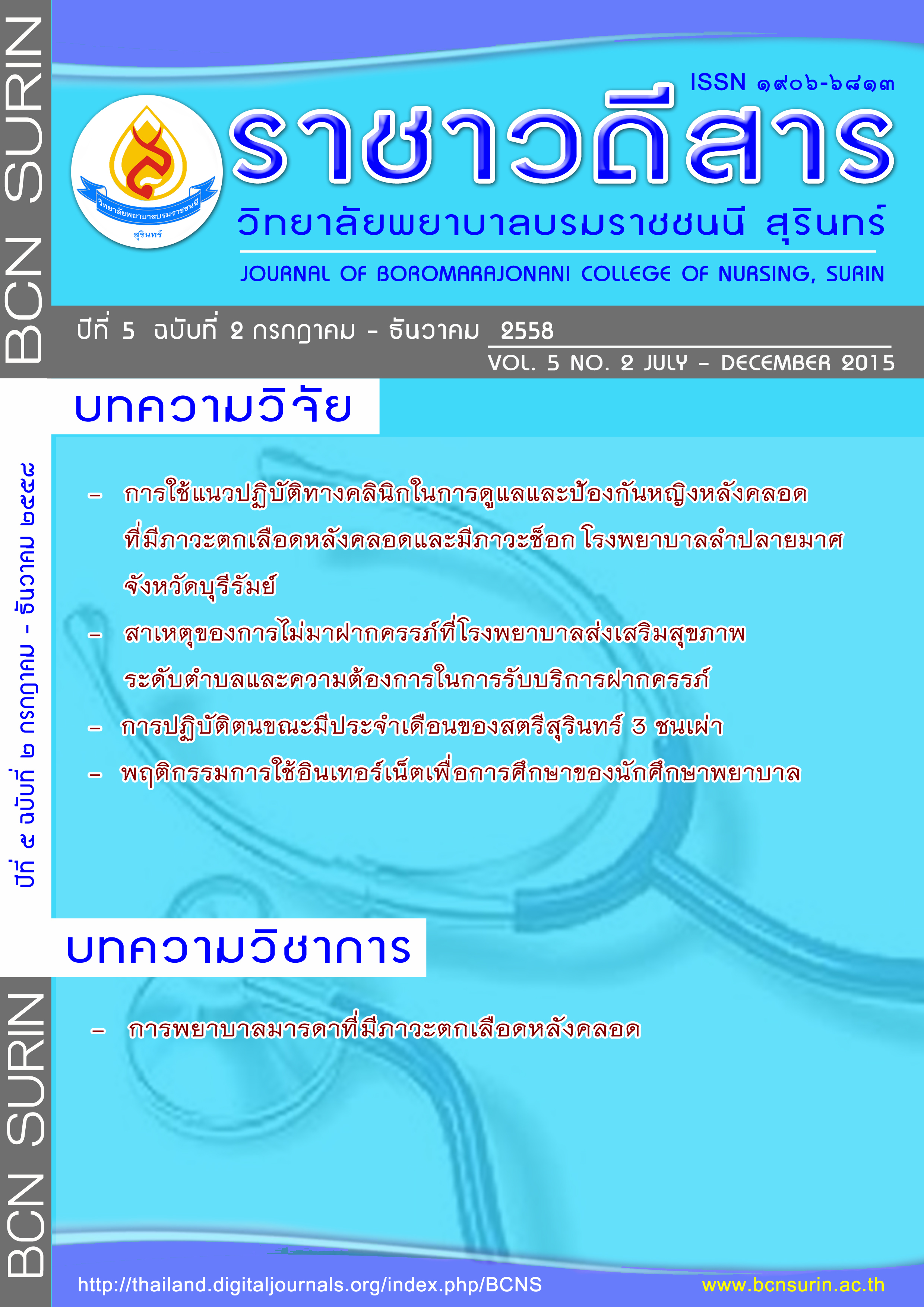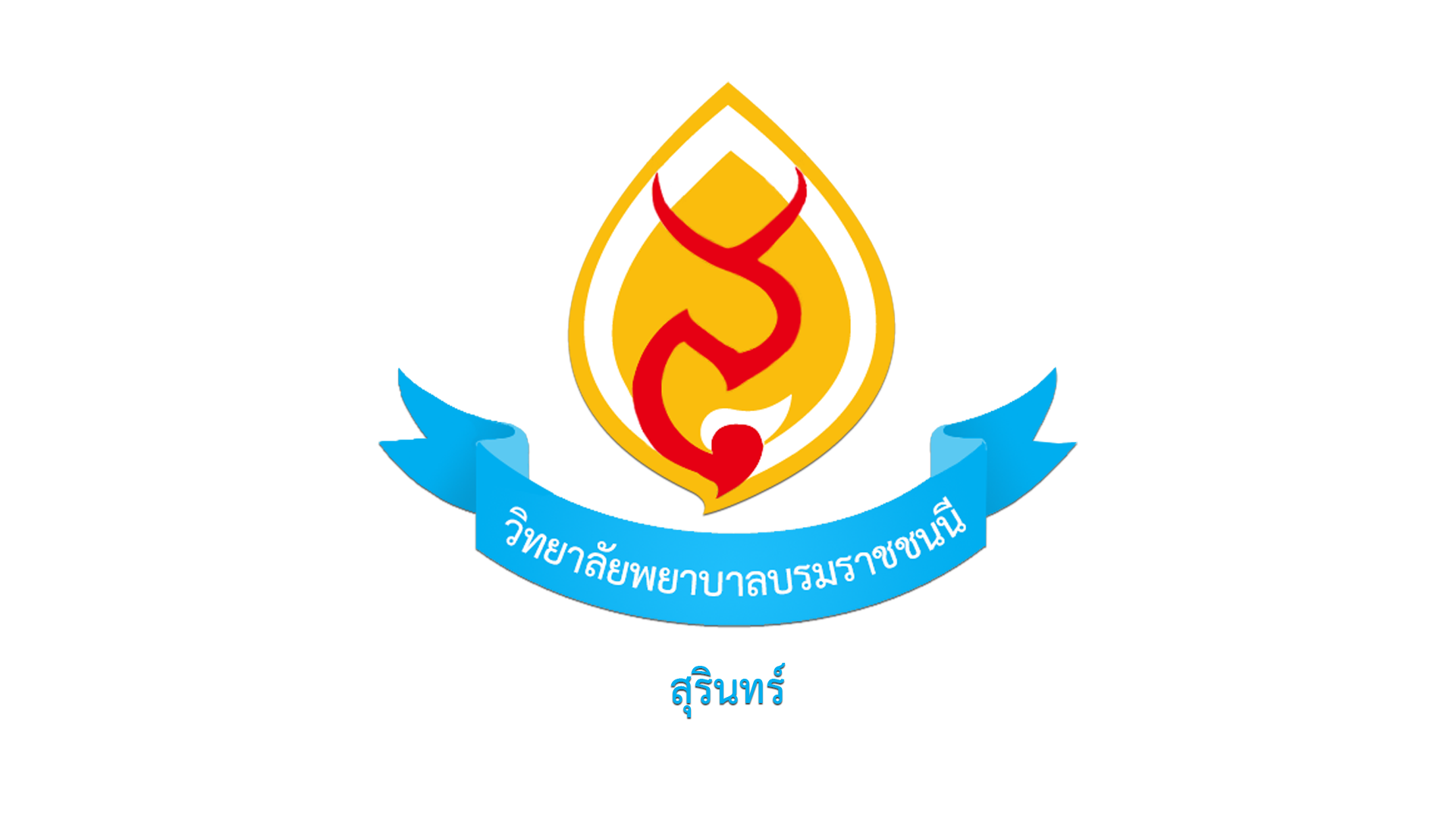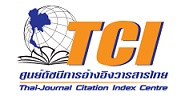The Use of Clinical Practice Guideline in Nursing Care for Postpartum Mother who have Postpartum Hemorrhage and Shock
คำสำคัญ:
Clinical practice guideline,, postpartum hemorrhageบทคัดย่อ
Introduction: Data from previous study shown that severe complication leading to the death of postpartum mother was postpartum hemorrhage in which poor uterine contraction was the cause. In 2012-2014, incidence rate of postpartum hemorrhage with shock was 28.60% and 29.40%, consecutively. This rate was increasing and higher than target; therefore, clinical practice guideline should be revised.
Objectives: To determine the output of clinical practice guideline (CPG) in nursing care for postpartum mother who have postpartum hemorrhage and shock and to determine satisfaction toward on this CPG.
Methodology: This study is research and development study composed of three steps. First was situation study in which relevant information were reviewed from document and in-depth interviewed from obstetricians and nursing working in labor and delivery unit. Second, CPG was designed based on the data from first step. Developed CPG was reviewed by nurse teams before pilot study for two months. Lastly, revised CPG was evaluated both with quantitative and qualitative method.
Findings: CPG for nursing care postpartum mother with postpartum hemorrhage and shock composed of four main components. Firstly is the capacity budding in nursing care skills among nurses working in labor and delivery unit. Second, initiate CPG. Third, initiate monitoring for complication among laboring women. Lastly, initiate guideline for notify obstetrician and team. After, this CPG was utilized, incidence rate of postpartum hemorrhage and shock was decrease from 32.00% to 9.09%. Nurses were satisfied with this CPG at 92.50%.
Conclusion: the developed CPG from the situation analysis then used that information in planning with clearly inform health team were lead to the participation with the leading to the good outcome of stakeholders.
เอกสารอ้างอิง
โรงพยาบาลลำปลายมาศ. งานห้องคลอด. (2556). รายงานการประเมินคุณภาพการพยาบาลห้องคลอด งานห้องคลอด โรงพยาบาลลำปลายมาศ. บุรีรัมย์: งานห้องคลอด โรงพยาบาลลำปลายมาศ.
วราภรณ์ เชื้ออินทร์. (2551). การให้ยาระงับความรู้สึกภาวะตกเลือดหลังคลอด. ศรีนครินทร์เวชสาร, 23 (3), 330-341.
สมชาติ โตรักษา. (2558). เอกสารประกอบการเรียนรู้ R2R: การพัฒนางานตามภารกิจหลักสู่งานวิจัยอย่างมีประสิทธิภาพและยั่งยืน. สืบค้นเมื่อ 14 สิงหาคม 2558, จาก https://ns2.ph.mahidol.ac.th/phklb/knowledgefiles/Somchart.pdf
American College of Obstetricians and Gynecologists. (2006). Clinical management guidelines for Obstetrician-Gynecologists,Postpartum Hemorrhage. ACOG PRACTICE BULLETIN, 108 (4), 1039-1047.
Klossner, N.J., & Hatfield, N.T. (2006). Introductory maternity &pPediatric nursing. Philadelphia: Wohers Kluwer.
Lalonde, A., Daviss, B.A., Acosta, A., & Herschderfer, K. (2006). Postpartum hemorhage today: ICM/FIGO initiative 2004-2006. International Journal Gynaecology & Obstetrics, 94 (3), 243-53.
Mathai ,M., Gulmezoglu, A.M., & Hill, S. (2007). WHO recommendations for the prevention of postpartum hemorrhage. Geneva: World Health Organization.
Office of Policy and Strategy. (2007). Health Statistics Group Health information and healthinformation. Retrieved May 31, 2013 , from https://bps.ops.moph.go.th/index.php
World Health Organization. (2012). World Health Organization multicountry survey on maternal and newborn health. Geneva: WHO.
ดาวน์โหลด
เผยแพร่แล้ว
รูปแบบการอ้างอิง
ฉบับ
ประเภทบทความ
สัญญาอนุญาต
เนื้อหาและข้อมูลในบทความที่ตีพิมพ์ในราชาวดีสาร วิทยาลัยพยาบาลบรมราชชนนี สุรินทร์ ถือเป็นข้อคิดเห็นและความรับผิดชอบของผู้เขียนบทความโดยตรง ซึ่งกองบรรณาธิการวารสารไม่จำเป็นต้องเห็นด้วย หรือร่วมรับผิดชอบใดๆ
บทความ ข้อมูล เนื้อหา รูปภาพ ฯลฯ ที่ได้รับการตีพิมพ์ในราชาวดีสาร วิทยาลัยพยาบาลบรมราชชนนี สุรินทร์ หากบุคคลหรือหน่วยงานใดต้องการนำทั้งหมดหรือส่วนหนึ่งส่วนใดไปเผยแพร่หรือกระทำการใดๆ จะต้องได้รับอนุญาตเป็นลายลักษณ์อักษรจากราชาวดีสาร วิทยาลัยพยาบาลบรมราชชนนี สุรินทร์ ก่อนเท่านั้น







